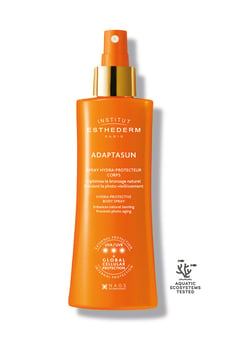Adaptasun Huile solaire hydra-protectrice Corps et Cheveux - Soleil fort
INSTITUT ESTHEDERM

Adaptasun Huile solaire hydra-protectrice Corps et Cheveux - Soleil fort
INSTITUT ESTHEDERM
Institut Esthederm Adaptasun Huile solaire hydra-protectrice Corps et Cheveux - Soleil fort
Suncare Body, Hair and scalp










